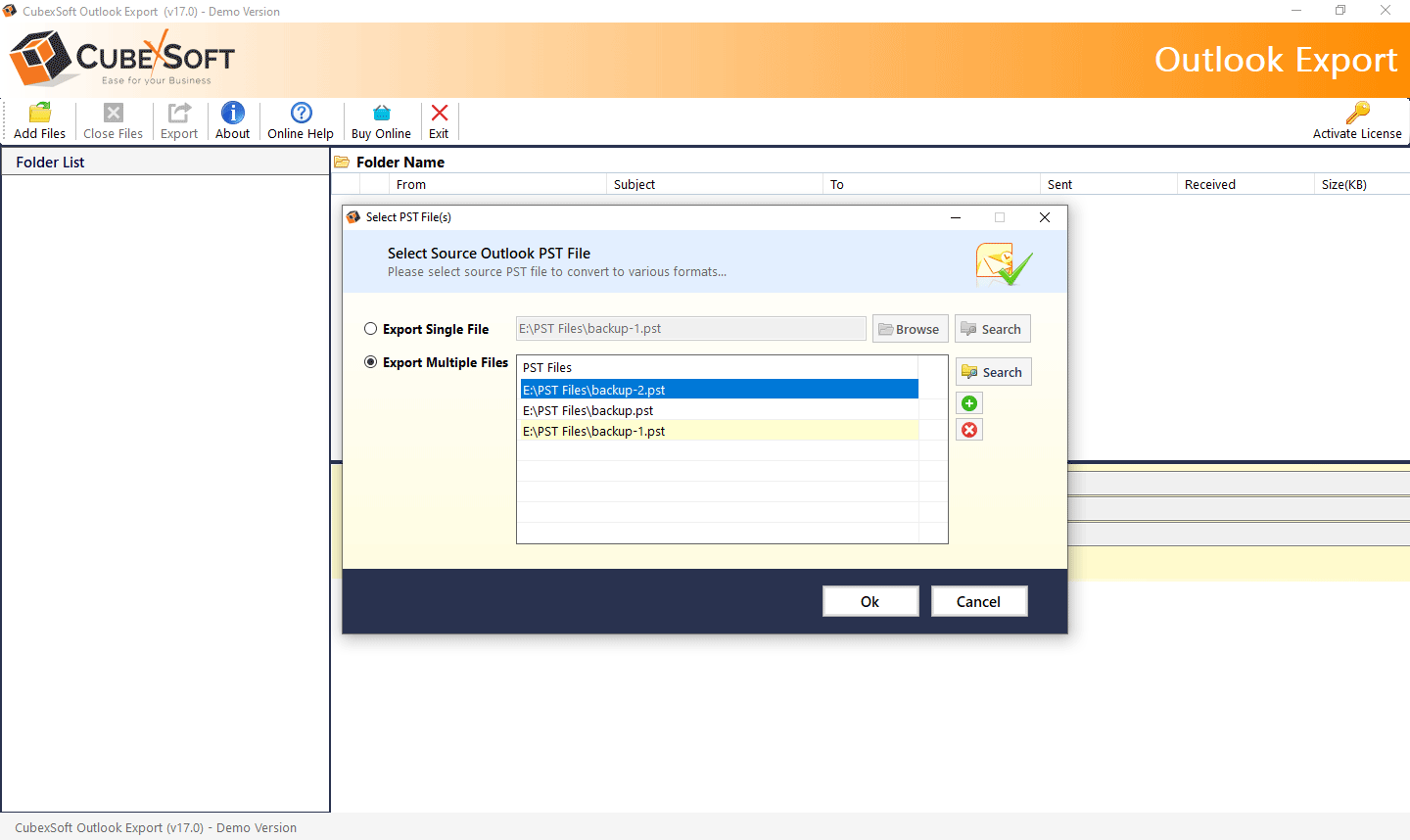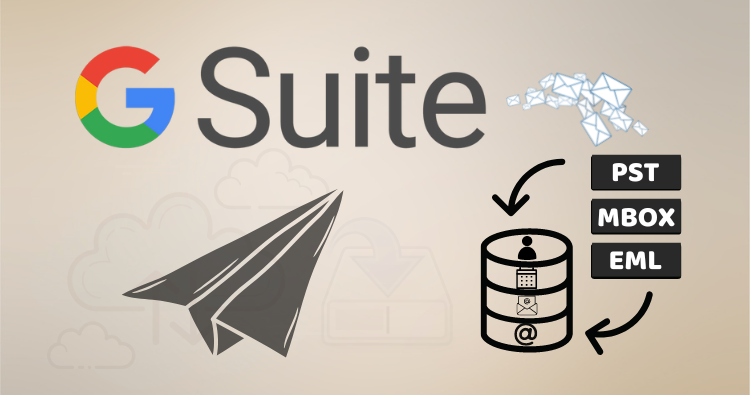Companies may best explain their target audience, assess the future value of a product for this market, and design the user experience for each category of their population owing to market segmentation.
In addition to helping you get an edge over your rivals, market segmentation also allows you to evaluate new business models, employ new technology, and enhance the user experience.
No method of market segmentation would be equally effective for every business.
Businesses must have a complete understanding of the tastes and opinions of their customers since effective market segmentation is predicated on a thorough investigation.
Hence, businesses can develop a customized framework in addition to personalizing product offers to meet the needs and interests of their buyers.
What Is Market Segmentation
Your marketing strategy runs the risk of being meaningless to the vast majority of the people you’re trying to reach as your audience gets more prominent and their preferences, requirements, and opinions get more varied.
This is precisely why it’s so important to classify your target audience. This method lets you concentrate your marketing on distinct customer segments to meet their demands better.
Proving prospective customers that you comprehend and know what they need most can give your brand an edge over your rivals.
Market segmentation is done to deliver a message that will be effectively understood.
This is useful for businesses offering a good or service with numerous uses or advantages for various types of clients.
Remember that you can’t satisfy everyone’s needs and can’t solve everyone’s problems as a marketer.
Market segmentation is a remarkably successful business strategy because of this very reason.
Types of Market Segmentation
1. Behavioral Segmentation
Behavioral market segmentation separates your target market based on their prior interactions with your business.
This segmentation type’s key characteristics involve product knowledge, buying habits, purchase history, understanding of your company, and product ratings.
A restaurant is an excellent example of an enterprise that might use this kind of market segmentation so that you can better understand how it functions.
If a restaurant offers distinct lunch and supper menus, they might analyze the purchasing habits of the lunch and dinner customers.
It’s conceivable that products on the supper menu might be significantly more well-liked than those on the noon menu.
The diner might utilize this information to enhance its menus and provide new ones that are more appealing to each target market.
2. Psychographic Segmentation
The psychographic market segmentation aims to divide the audience into several groups according to their personas.
The various characteristics included in this division include values, attitudes, interests, and ways of life.
Nevertheless, since this kind of segmentation relies on determining demographics based on psychology, substantial research will be required.
Your marketing strategy might be adjusted to consider these fundamental principles if you discover that your target audience prioritizes quality and energy saving.
You should consider at least a few psychographic characteristics when developing your marketing strategy to ensure you don’t overlook a potential viewpoint for your market.
Even though it can be challenging to utilize, many businesses think this market segmentation can produce significant rewards.
When you customize your marketing to a specific individual’s style, it’s more probable that the people who view it will grow to love your company and its products.
3. Demographic Segmentation
The consumer is the sole emphasis of the demographic market segmentation.
But, depending on whether you operate a B2B or B2C organization, specific characteristics are assigned to the demographic market category.
The characteristics that you would probably mention in this area if you were running a B2B business include the industry, company size, tenure in the position, and role within the organization.
A B2C business, on the other hand, would consider factors like age, education, gender, occupation, family status, and income.
This form of segmentation is frequently used in market research to identify the primary target market for a company.
Additionally, getting this data is simple. Merely pulling census data is all that is required to obtain this knowledge.
Auto dealerships can use this data to sell their brand to various genders, age groupings, and income levels.
This kind of market segmentation has also shown to be beneficial because it enables you to address the demands and wishes of your clients directly.
4. Geographic Segmentation
When a customer’s geography affects their final buying options, the geographic market segmentation technique lets you divide your whole market into groups according to where they are situated.
The region, continent, country, city, and district are only a few primary characteristics and segments compatible with geographic segmentation.
This sort of segmentation is widespread because location influences customers.
You can utilize this information to make a co.uk website if a sizable portion of your audience is british. This segmentation strategy is the best for multinational corporations.
A marketing strategy might be devoted to the varying demands and needs of customers from various nations.
Many businesses view this as the most basic kind of market segmentation. Additionally, it’s beneficial for small firms with tight budgets.
This information should aid you in effectively using your resources if your primary geographic segment responds to web advertisements more favorably than TV and print advertisements.
Tips for Market Segmentation
1. Attitudinal Segmentation Is a Must
A segmentation platform implemented on demographics makes evaluation easy, but it can’t provide you with all the information you need to guide planning.
You can gain a thorough understanding of your customers through attitude segmentation.
You may discover and efficiently target groups of people with shared values by knowing what inspires them, how they want to feel, and what motivates their participation.
Therefore, you are positioned to shape their actions and provide profoundly pleasant experiences.
2. Learn to Focus On Your Audience
For instance, behavioral habits undoubtedly play a significant role.
Nevertheless, behavioral clusters and segments shouldn’t be mixed up because they don’t offer enough valuable data. You might know what some users prefer and how frequently they shop.
In this instance, you know what people do but not their motivations. You should concentrate on what your target customers desire if you want to use segmentation effectively.
Demographics can also help you quickly assess your customer base, but they don’t give you enough data to make strategic decisions.
As a result, we advise that you employ attitudinal segmentation and consider various elements.
Using the attitudinal approach, you can better identify your customers and their intentions.
To influence their behavior and give them the best experience, you should focus on customers that share your values.
Hence, you can use the above four types of market segmentation to learn your audiences accordingly.
3. Know Your Segmentation Goals
The same things could capture the interest of various segments for various factors.
For instance, some buyers can be drawn to your item’s novelty, while others might value it for a specific feature. People might profit from a product in many ways.
Therefore, you must have various campaigns and provide optimized messages for a particular audience.
The primary aims of segmentation are differentiated marketing and strategies. Therefore, you should never lose sight of this.
The ability to determine the best course of development for your goods or services is another purpose of segmentation.
You should consider how best to serve customers and give the finest experience for this sector.
4. It Is Important to Include Everyone in Your Segmentation
Contacting the most engaged and recent people is the simple, obvious, and potentially fatal answer when scarce resources are scarce.
This may work temporarily, but if done repeatedly over an extended period, the customers will become chronically underdeveloped.
A successful segmentation goes beyond categorizing people as “lapsed” and includes knowledge of their potential motivations.
You don’t have to target everyone, but you can figure out where the most significant opportunities are.
5. Make Sure Your Segmentation Is Distinct
Your intended segments must be large enough to be worthwhile. Size influences the number of segments that affects your approach.
On the one hand, if you have too few segments, you won’t be able to create a successful approach.
In contrast, hand, managing your strategy would be intricate if you have too many segments.
Making sure that each of your segments is distinctly unique is the best way to succeed.
It will be simpler for you to deal with the segments, and you will be able to determine whether you have the appropriate amount of segments.
You don’t want one segment to require additional segmentation or multiple segments that all demand the same method.
6. Make Your Segments Practical
Segments must have a substantial enough audience to make targeting them worthwhile, and they must be able to respond to your offer.
Sustaining your strategy will get complicated if you have too many sectors. You won’t get the aggregation you require if there are too few.
The optimal number of segments is between five and eight.
The segments must be mutually unique, meaning that each person can only sit in one to create logical strategies and establish lasting partnerships.
Importance of Market Segmentation
Market segmentation is crucial because it enables you to define your target market, your company’s objectives, and the best way to organize your advertising strategies.
By employing this technology, you can do away with the necessity to develop goods or marketing strategies that widely attract everyone.
You should be able to boost customer loyalty and retention by figuring out the groups of your market that you can most successfully promote.
Once you’ve done market segmentation, you’ll be able to effectively target the exact desires and demands that each category of your customer has.
To effectively use market segmentation, set your segmentation objectives, and recognize promising customer segments in your market through data analysis.
Further, develop a segmentation technique that is narrowly focused and move ahead with a launch strategy that targets the appropriate customer base.
Conclusion
It produces meaningful results when market segmentation meets data-driven understandings.
You can segment your market even in a narrow market to build more specialized marketing campaigns and enhance the customer experience.






